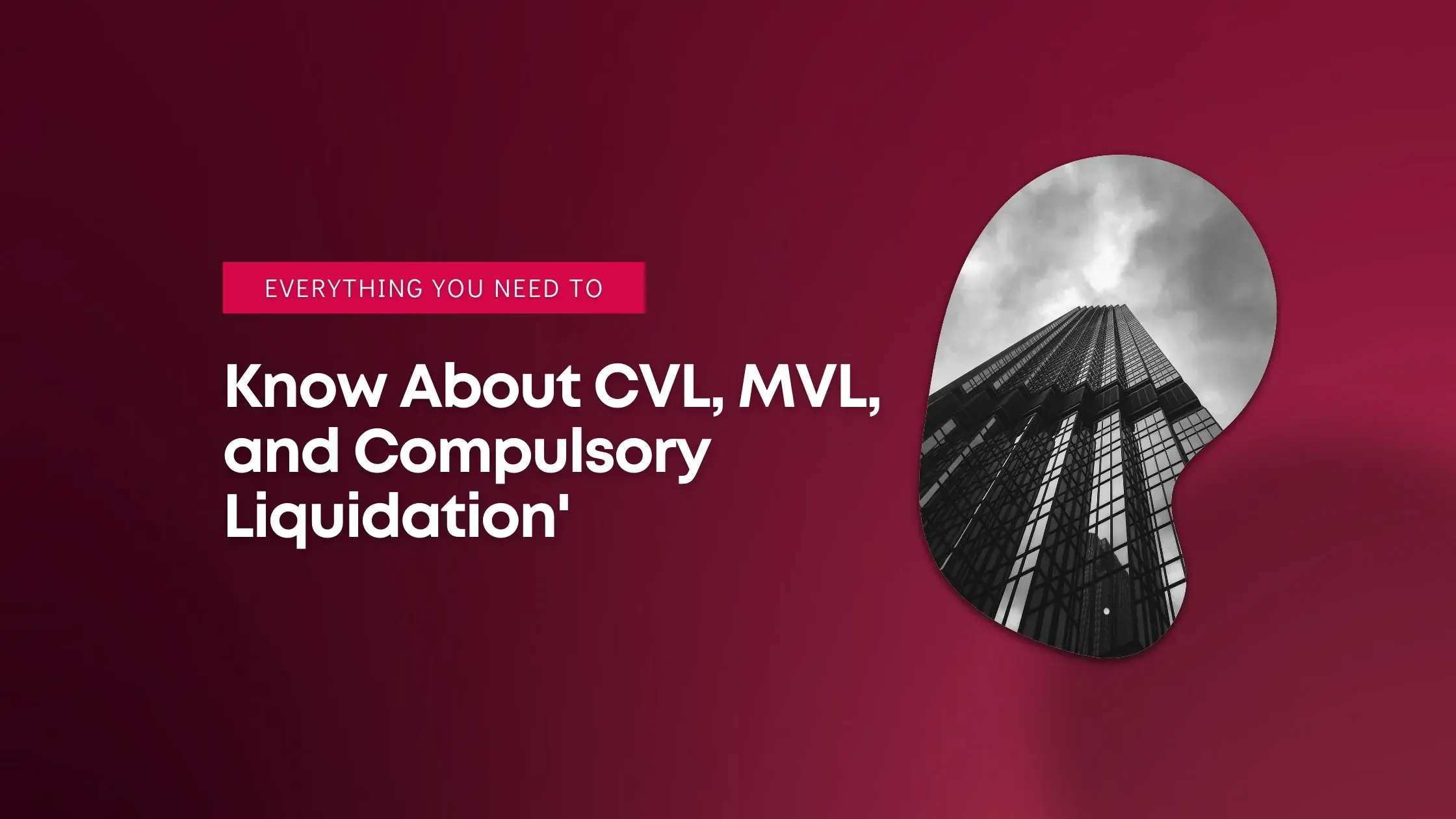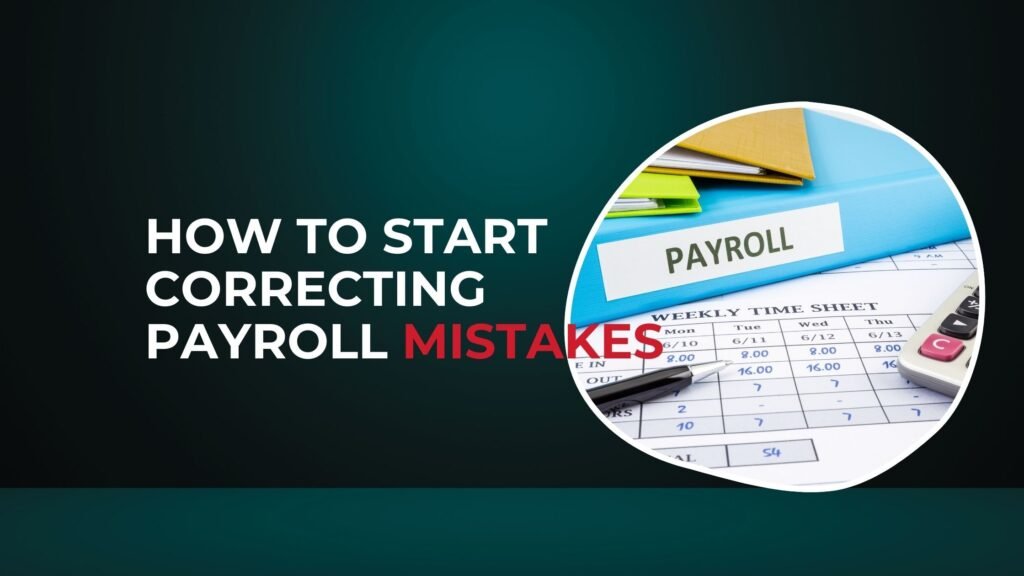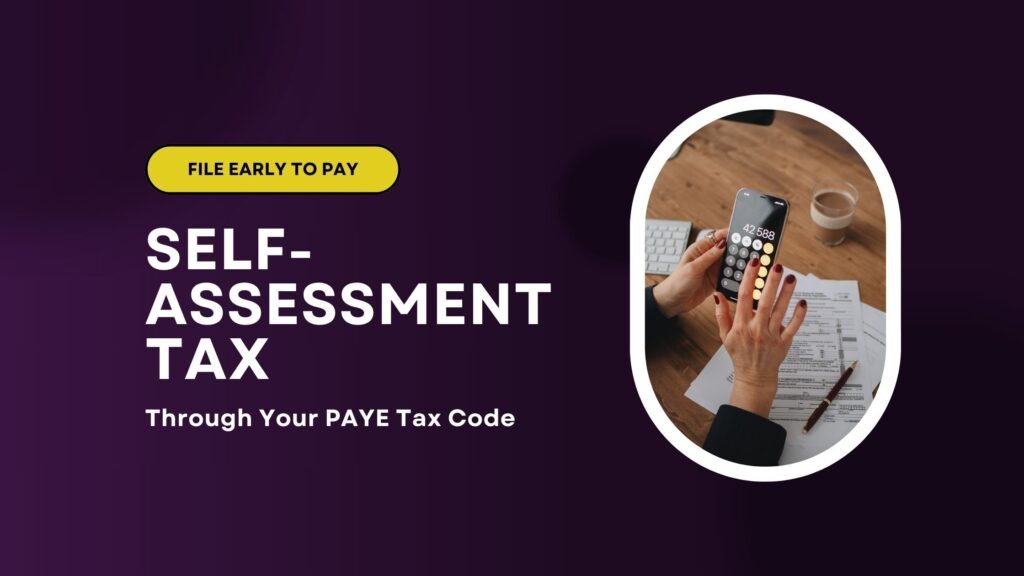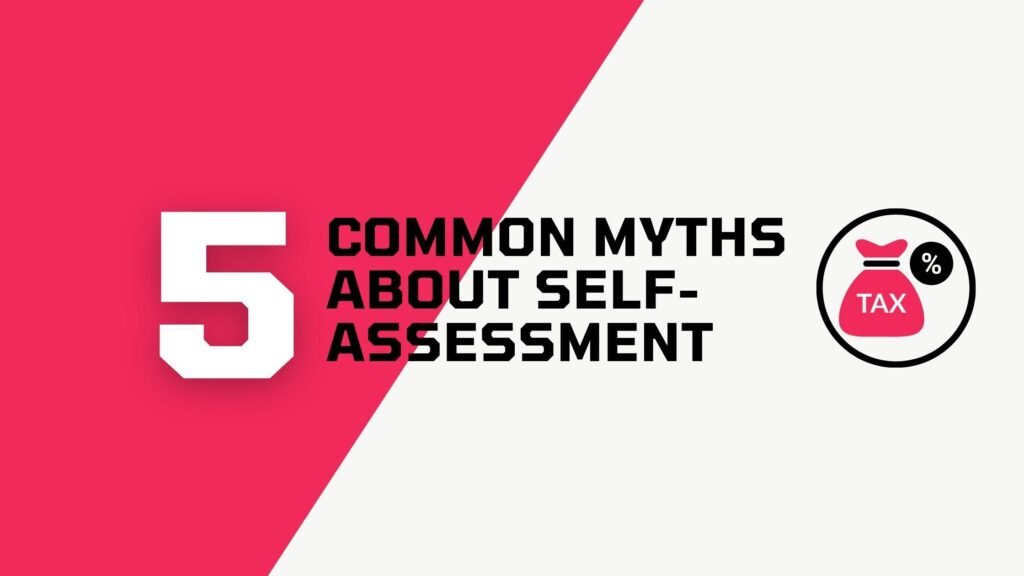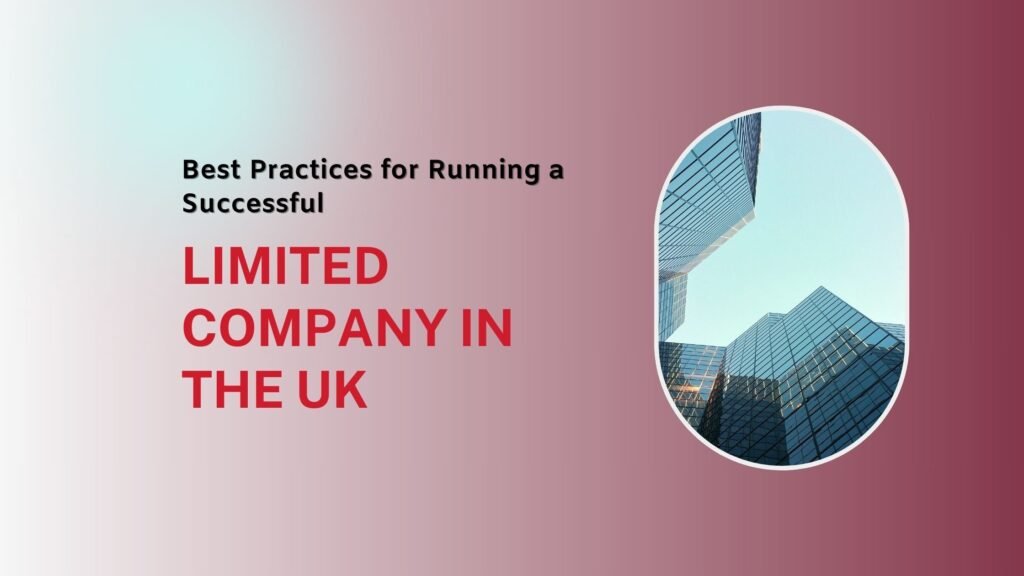Business liquidation is the formal process of closing a company. It involves selling the company’s assets to repay creditors. This can happen for various reasons, such as financial trouble or the company fulfilling its purpose. There are three main types of liquidation Creditors’ Voluntary Liquidation (CVL), Members’ Voluntary Liquidation (MVL) and Compulsory Liquidation. Each type fits a specific situation depending on the company’s financial health, and this article will help you decide which liquidation is right for you.
Creditors’ Voluntary Liquidation (CVL)
CVL is for companies that can’t pay their debts. It’s initiated by the company’s directors when they realise the business is insolvent. A licensed insolvency practitioner is appointed to handle the process.
Key Points
- Company Status: Insolvent (unable to pay debts).
- Initiator: Directors decide to close the company voluntarily.
- Process: A licensed insolvency practitioner manages the liquidation.
Why Choose CVL?
In CVL, the company is insolvent, meaning it can’t pay its debts. The directors decide to close the company voluntarily rather than face compulsory liquidation initiated by creditors. This option provides a structured way to close the company and ensures creditors are treated fairly.
Members’ Voluntary Liquidation (MVL)
MVL is used when the company is solvent, meaning it can pay all its debts. This type of liquidation is often chosen when the company has served its purpose, or the directors want to retire.
Key Points
- Company Status: Solvent (can pay all debts within 12 months).
- Process: Directors sign a declaration of solvency and appoint an insolvency practitioner.
- Outcome: Remaining funds are distributed to shareholders.
Why Choose MVL?
In an MVL, the directors sign a declaration confirming the company’s solvency, and any remaining funds are distributed to shareholders. It’s a tax-efficient way to close the company, allowing shareholders to benefit from lower Capital Gains Tax rates.
Compulsory Liquidation
Compulsory liquidation happens when creditors take legal action to close a company. If the company is unable to pay its debts, creditors can file a winding-up petition with the court. The court will then appoint a liquidator to handle the company’s closure.
Key Points
- Company Status: Insolvent.
- Initiator: Creditors file a winding-up petition.
- Process: A court-appointed liquidator handles the closure.
When Does This Happen?
This option is typically a last resort for creditors when other solutions like CVL have failed. Once the process begins, the company loses control, and the court-appointed liquidator takes over.
Expert Liquidation Services
Comparing CVL, MVL, and Compulsory Liquidation
The primary difference between MVL, CVL, and Compulsory Liquidation lies in the financial status of the company and who initiates the process. MVL is for solvent companies looking to close in a tax-efficient manner, CVL is for insolvent companies seeking a voluntary closure managed by directors, and Compulsory Liquidation is forced upon insolvent companies by creditors through court action.
Here’s a comparison of MVL, CVL, and Compulsory Liquidation:
Aspect | MVL | CVL | Compulsory Liquidation |
Purpose | Close a solvent company. | Close an insolvent company. | Force closure of an insolvent company. |
Initiator | Directors/Shareholders. | Directors | Creditors via court. |
Control | Directors (initial stages). | Directors start; insolvency practitioners manage. | Court-appointed liquidator manages. |
Funds Distribution | Remaining funds go to shareholders. | Funds are used to pay creditors. | Creditors are prioritised. |
Tax Benefits | Tax-efficient for shareholders. | None. | None. |
Comparison Summary of MVL, CVL, and Compulsory Liquidation
MVL (Members’ Voluntary Liquidation) is ideal for solvent companies looking to close efficiently while distributing any surplus funds to shareholders in a tax-friendly manner. CVL (Creditors’ Voluntary Liquidation) is used when a company cannot pay its debts, allowing directors to initiate closure, with creditors as the primary beneficiaries. Compulsory Liquidation occurs when creditors seek court intervention to close an insolvent company, prioritising debt repayment over shareholders’ interests.
How to Choose the Right Liquidation Option
If your company is solvent and you want a tax-efficient way to close it, MVL is the best option. If your company is insolvent and you need to deal with creditors responsibly, CVL is the way to go. Compulsory Liquidation will be forced upon you if creditors take legal action and there’s no other solution available.
Choose MVL: Your company is solvent, and you want a tax-efficient way to close it.
Choose CVL: Your company is insolvent, and you want to manage debts responsibly.
Compulsory Liquidation: This is initiated by creditors when no other options are viable.
Always consult a licensed insolvency practitioner to help you choose the right option based on your company’s situation.
Conclusion
Liquidation offers a structured way to handle financial challenges or close a business. Whether it’s CVL, MVL, or compulsory liquidation, understanding your options ensures responsible and informed decisions. Consult a licensed insolvency practitioner for professional guidance tailored to your specific circumstances.
If you need expert advice, book a free consultation with us today and let us guide you through the liquidation process with confidence.
